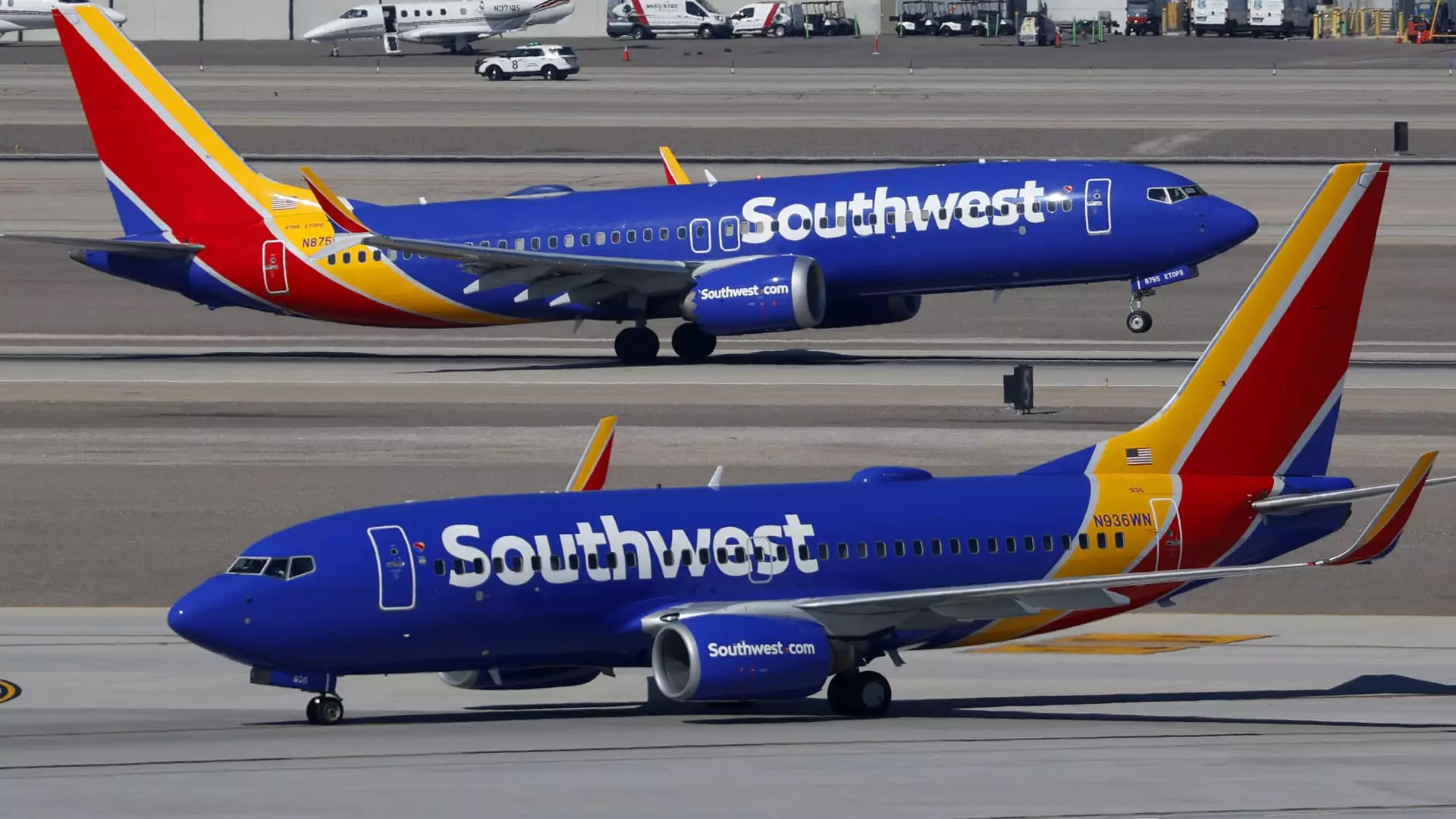For over five decades, Southwest Airlines has stood apart from its major competitors by maintaining an open seating policy that celebrated spontaneity, flexibility, and a sense of community onboard. Customers flocked to Southwest not only for its famously low prices but also for the experience—lined up early to claim a coveted spot, choosing seats on a first-come, first-served basis. This unique approach fostered a culture of patience, strategy, and sometimes chaos, turning boarding into a social event. Now, as Southwest announces the switch to assigned seating starting January 27, it signals a radical shift that challenges fan-favorite traditions. This move appears pragmatic, driven by the airline’s pressing need to enhance revenue streams and operational efficiency, but it also risks alienating loyal customers who view open seating as part of Southwest’s identity.
The Underlying Motivations: Profit Over Loyalty?
Southwest’s decision is embedded in a broader strategic overhaul that aims to boost profitability amid increasingly aggressive competition. The airline projects an additional $800 million in earnings before interest and taxes this year alone, with a further $1.7 billion anticipated by 2026. To achieve these targets, they’re rolling out a suite of ancillary revenues—charging for checked bags, introducing tiered fare classes, and now assigning seats for a fee. These initiatives are clearly designed to diversify income sources and modernize a legacy model that once thrived on simplicity and customer friendliness. Yet, this evolution raises questions about whether Southwest’s loyalty is being sacrificed on the altar of short-term profit. The airline’s reputation was built on its egalitarian boarding process; replacing it with assigned seats may undermine a core aspect of its brand identity.
The New Boarding System: From Chaos to Control?
The most immediate impact of this change involves restructuring how passengers board aircraft. Instead of racing to the gate and rushing onto the plane to secure desired seats, travelers will now wait in designated boarding groups. The process emphasizes fairness—top-tier frequent flyers and premium ticket holders will board first, followed by other groups based on seat selection and loyalty status. While this system aims to streamline boarding and maximize aircraft utilization, it also risks eroding the communal spirit that open seating fostered. Families and groups who cherished the ability to sit together without pre-purchasing specific seats may find themselves frustrated by restrictions or forced to pay extra. It’s a calculated gamble that the benefits of efficiency and revenue will outweigh the potential loss of customer goodwill.
The Cost of Convenience: Will Customers Pay the Price?
One of the most contentious aspects of Southwest’s new policy is the introduction of fees for seat assignments. Unlike other airlines that began charging for specific seats, Southwest has traditionally kept ticket prices transparent and straightforward. Now, by selling standard seats, preferred seats, and extra-legroom options, it effectively commodifies comfort and convenience. Loyalty programs will matter more than ever, with priority boarding reserved for high-spenders and elite members. But this shift raises an essential question: how much are customers willing to pay for seats that were once freely available? Will the airline’s effort to squeeze more revenue from ancillary services succeed, or will it push passengers toward competitors who still offer more inclusive policies?
The Future of Southwest: Innovation or Alienation?
Southwest’s decision to retrofit its aircraft for extra-legroom seats and to sell early boarding options demonstrates a strategic focus on revenue growth, yet it also requires careful management of passenger experience. The airline has implemented test runs to ensure these changes do not slow boarding times—an acknowledgment of the delicate balance between efficiency and customer satisfaction. However, such policies inherently risk fragmenting the airline’s once-communal culture, replacing shared experiences with transactional interactions. As the friendly, egalitarian spirit that defined Southwest fades into the background, the question remains whether this evolutionary path preserves the airline’s core values or transforms it into just another player in a cutthroat industry eager to prioritize profit over connection. Will this bold gamble pay off, or will it mark the beginning of a gradual decline in Southwest’s once-distinctive brand? Only time—and customer reactions—will tell.


Leave a Reply